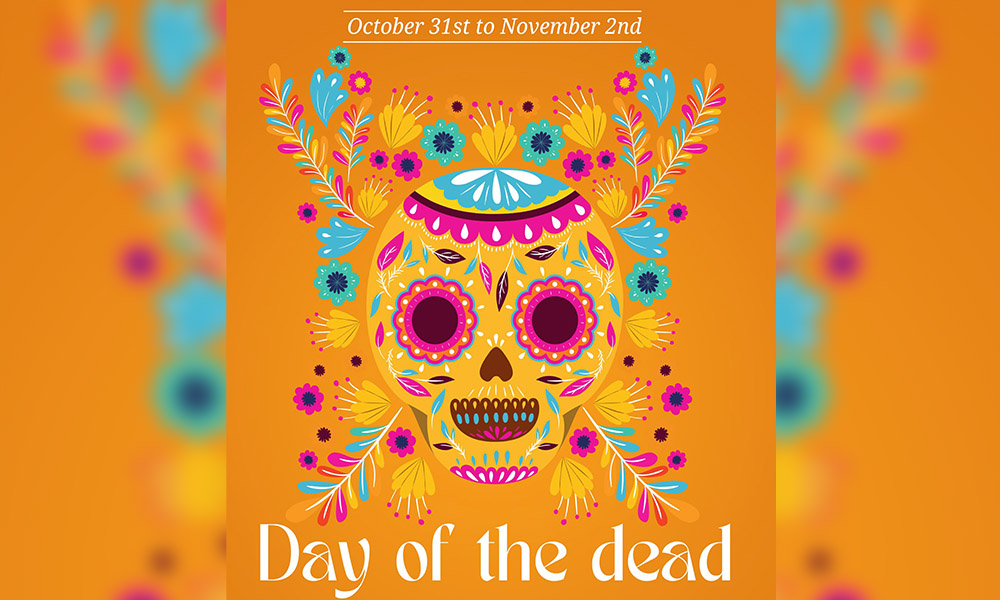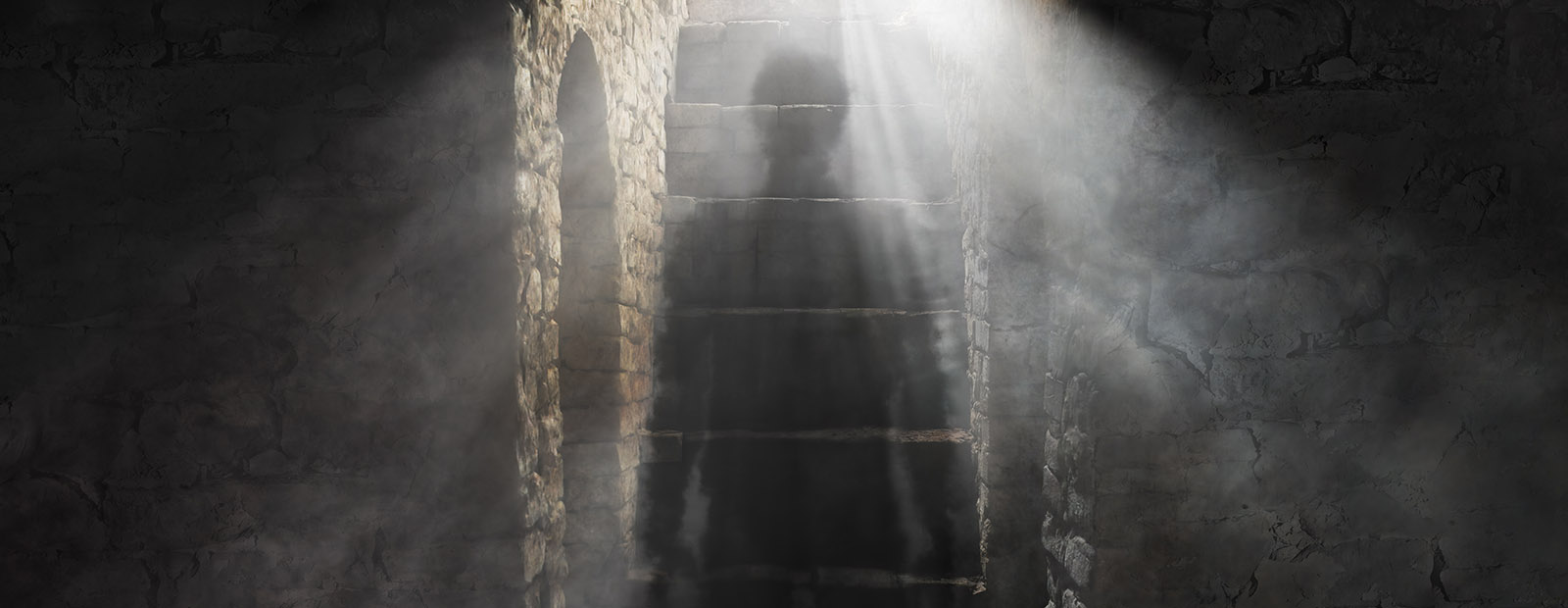At this time of year, you can see monsters around almost every corner – huge and heinous, gory and violent, or even cute and cuddly. But what exactly is a monster? That question kicked off Dr. Etna Avalos’s SPAN 325: Monsters and Other Beings course earlier this term, and students have spent the weeks since digging into monstrosity and deviance in Latin American literature and cinema.
Monsters have a long literary heritage, says Dr. Avalos. They are linked to otherness and often have deep cultural meaning – the Latin roots of the word itself are tied to predicting, instructing and revealing meaning.
The figure of the monster in early Latin American literature, for example, has direct ties to colonialism.
“They are different from monsters in anglo literature because they reflect the historical and cultural anxieties of the region,” she says. “The monster in early Latin America is associated with barbaric images about cultural otherness, which ultimately were used to justify the European colonization of the countries in the area.”
Those early images of monsters were created and reinterpreted by explorers, conquerors, colonizers, politicians and artists to shape ideas about the New World, explains Avalos. But as Latin American countries changed over time to form new national identities, so did their thinking about monstrosity.
“In the 18th and 19th centuries, monsters began to reflect contemporary anxieties,” she says. Vampires, for example, reveal our worries about death, while other monsters illustrate our fear of the return of a turbulent past.
The notion of monstrosity as an allegory of otherness connects to Dr. Avalos’s research. In her work, the assistant professor of Spanish looks at the connection of gender, disability and monstrosity in literature written by Latin American women authors such as Mariana Enriquez, Liliana Blum and Guadalupe Nettel.
“Their characters are all different in some way – they have scars or other characteristics that make them ‘monsters,’ but while they are considered “others”, they also resist and do things to defend themselves from the outside world, questioning the idea of monstrosity.”
Dr. Avalos’s main body of work expands on the view of otherness to explore how Latin American authors in the late 20th and 21st centuries challenged the traditional notion of disability. “In the literature I study, authors subvert the meaning of disability and depict characters as powerful expressions of resistance.”
Her motivation in exploring how literature portrays otherness?
“My main goal in pursuing this research is to show my support for diversity, equity and inclusion,” says Dr. Avalos. “To show how people are resisting traditional discourses around disability and gender, and depicting characters who are powerful and independent.”

